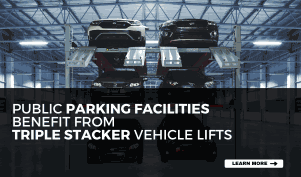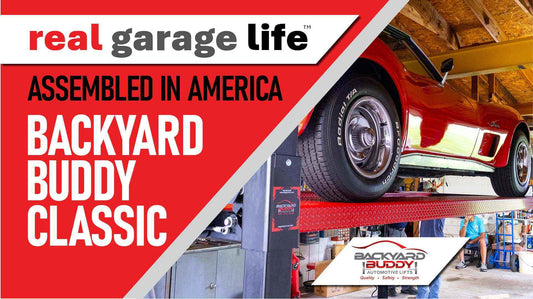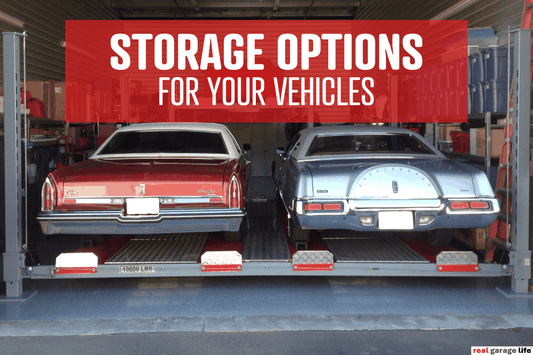2-Post Lift Tips & Tricks
Share
We get a lot of calls at the office about what owners need to do to keep their lifts safe and working properly. Fortunately, there isn't a lot you have to do, but there are some important things to watch for.
Let's start with the anchors on our two-post lift. There are anchors that hold each of the columns in place, which you'll find at each end of the post. Once they're installed, they've been given an initial torque. However, you need to recheck the torque at least once a year. For brand new lifts, I recommend checking within the first 3 months.
The industry standards fluctuate between different manufacturers, but we recommend 70 foot-pounds. Check each anchor and maintain that torque level. For new lifts, you might want to check 2-3 times in the first year, then transition to annual checks. This is actually an inspection standard – torque must be checked during yearly inspections. I've found that even on my own lifts, they often need to be retorqued after about a month.
Cable Adjustment and Maintenance
The next major maintenance point involves the adjustment of the cables. You have two cables: one starts at the top of this column and goes to the bottom of the opposite column, while the other cable starts at the top of that column and comes around to the bottom of this column. These are equalization cables – they don't lift the vehicle but rather ensure the lift rises evenly.
The easiest way to check your cables is to reach up and pinch between the two. You should be able to touch them, but it should take some effort – they shouldn't just flop together. There's no exact torque setting for this. These cables, being spun cable, will stretch a little initially. This adjustment is something you'll probably need to do within the first six months of owning your lift, and then perhaps annually after that.
When the lift goes up, you should notice the columns moving together, with the locks engaging simultaneously. That said, when you put a car on the lift, you may notice some difference in timing – one side might click before the other. This is completely normal because the car won't be perfectly balanced on the lift. The key is that you hear both locks engaging.
Safety Considerations
Here's a crucial issue we see, particularly with commercial lifts: mechanics sometimes use just the side arms underneath a car, picking it up at an angle to fix a flat or look underneath. This is incorrect, a 2-post lift is designed to always use all four arms. If you want your lift to last, take the time to set all four arms, even if you're just removing one tire. Never use this lift like a jack; the cables, anchors, columns, and the posts aren't designed for that kind of use.
Lubrication and Maintenance Tips
While most two-post lifts don't have grease points, lubrication is still essential. You'll notice red grease on the pins during assembly. I recommend checking lubrication annually, whether you're a homeowner or commercial user. Remove the snap ring, wiggle the arm to check the pin's movement, apply a thin film of grease on the pin, then reassemble. Do this in all four corners.
If you skip this maintenance, even the slight movement from pushing arms in and out under cars will wear down the surfaces of the carriage, arm, and pin. Replacing all three components can cost almost as much as a new lift. Regular lubrication prevents this wear entirely.
Lock Mechanism Maintenance
The lock mechanism also requires attention. Make sure your locks are engaging properly – there's a spring on each lock that causes it to flip in at every window. This is a metal-to-metal contact point, so regular lubrication is important. I recommend using PB Blaster and moving the pin back and forth to ensure smooth operation.
Don't forget about the overhead switch – all lifts with an overhead padded bar have this safety feature. The switch is designed to cut off the lift when contacted. Check this periodically; you don't want to discover it's not working when you're about to crush the top of a van!
In total, these maintenance tasks might take about an hour and a half once a year – not a bad investment for equipment that does so much work for you.











